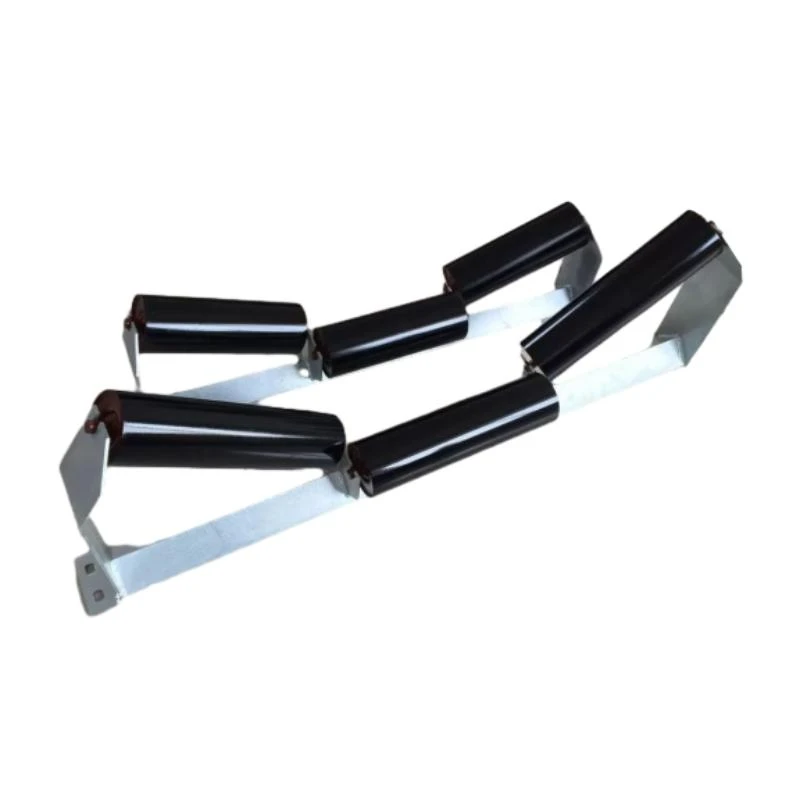 Afrikaans
Afrikaans  Albanian
Albanian  Amharic
Amharic  Arabic
Arabic  Armenian
Armenian  Azerbaijani
Azerbaijani  Basque
Basque  Belarusian
Belarusian  Bengali
Bengali  Bosnian
Bosnian  Bulgarian
Bulgarian  Catalan
Catalan  Cebuano
Cebuano  Corsican
Corsican  Croatian
Croatian  Czech
Czech  Danish
Danish  Dutch
Dutch  English
English  Esperanto
Esperanto  Estonian
Estonian  Finnish
Finnish  French
French  Frisian
Frisian  Galician
Galician  Georgian
Georgian  German
German  Greek
Greek  Gujarati
Gujarati  Haitian Creole
Haitian Creole  hausa
hausa  hawaiian
hawaiian  Hebrew
Hebrew  Hindi
Hindi  Miao
Miao  Hungarian
Hungarian  Icelandic
Icelandic  igbo
igbo  Indonesian
Indonesian  irish
irish  Italian
Italian  Japanese
Japanese  Javanese
Javanese  Kannada
Kannada  kazakh
kazakh  Khmer
Khmer  Rwandese
Rwandese  Korean
Korean  Kurdish
Kurdish  Kyrgyz
Kyrgyz  Lao
Lao  Latin
Latin  Latvian
Latvian  Lithuanian
Lithuanian  Luxembourgish
Luxembourgish  Macedonian
Macedonian  Malgashi
Malgashi  Malay
Malay  Malayalam
Malayalam  Maltese
Maltese  Maori
Maori  Marathi
Marathi  Mongolian
Mongolian  Myanmar
Myanmar  Nepali
Nepali  Norwegian
Norwegian  Norwegian
Norwegian  Occitan
Occitan  Pashto
Pashto  Persian
Persian  Polish
Polish  Portuguese
Portuguese  Punjabi
Punjabi  Romanian
Romanian  Russian
Russian  Samoan
Samoan  Scottish Gaelic
Scottish Gaelic  Serbian
Serbian  Sesotho
Sesotho  Shona
Shona  Sindhi
Sindhi  Sinhala
Sinhala  Slovak
Slovak  Slovenian
Slovenian  Somali
Somali  Spanish
Spanish  Sundanese
Sundanese  Swahili
Swahili  Swedish
Swedish  Tagalog
Tagalog  Tajik
Tajik  Tamil
Tamil  Tatar
Tatar  Telugu
Telugu  Thai
Thai  Turkish
Turkish  Turkmen
Turkmen  Ukrainian
Ukrainian  Urdu
Urdu  Uighur
Uighur  Uzbek
Uzbek  Vietnamese
Vietnamese  Welsh
Welsh  Bantu
Bantu  Yiddish
Yiddish  Yoruba
Yoruba  Zulu
Zulu Understanding the Functionality of Conveyor Tail Drums in Material Handling Systems
Understanding the Conveyor Tail Drum Essential Component in Material Handling
In the expansive world of material handling and transportation, conveyor systems play a pivotal role. Among the various components of a conveyor system, the tail drum stands out as a critical element that ensures the efficient operation of the conveyor belt. This article delves into the significance of the conveyor tail drum, its functions, design considerations, and maintenance practices.
The tail drum, often positioned at the end of the conveyor system, serves multiple important functions. Primarily, it acts as an anchor point for the conveyor belt, providing tension and support as the belt moves along the system. This tension is crucial; without it, the belt could lose its structural integrity, leading to operational failures or material spillage. Furthermore, the tail drum helps in guiding the belt and maintaining its alignment, ensuring that the material being transported is delivered efficiently and without obstruction.
One of the critical aspects of the tail drum is its design. Typically, tail drums are cylindrical in shape and can be constructed from various materials, including steel and rubber. The choice of material often depends on the specific application and the environmental conditions in which the conveyor operates. For instance, in environments where moisture and corrosion are prevalent, stainless steel drums may be preferred to enhance durability and longevity.
Tail drums are also equipped with various features to optimize performance. For instance, they may include lagging, which is a layer of rubber or ceramic applied to the surface of the drum. Lagging enhances the grip between the drum and the conveyor belt, reducing slippage and wear. Additionally, tail drums can be designed to accommodate different belt types and sizes, ensuring compatibility across a wide range of applications.
conveyor tail drum

Maintenance of the tail drum is vital to the overall health of the conveyor system. Regular inspections are essential to identify signs of wear or malfunction. Common issues include rubber degradation on lagged drums, misalignment, and bearing wear. Addressing these concerns promptly can prevent catastrophic failures and extend the lifespan of the conveyor system. Maintenance practices such as periodic lubrication of bearings and cleaning of the drum surface can further enhance performance and reliability.
When selecting a conveyor tail drum, several factors should be considered. These include the load capacity, the type of material being transported, the environmental conditions, and the speed of the conveyor system. Each of these factors can influence the drum's design, performance, and the overall efficiency of the conveyor system. For instance, a heavy-load application may require a more robust drum with enhanced strength characteristics, while a high-speed conveyor might prioritize aerodynamics to minimize drag and energy consumption.
Advancements in technology have also influenced the development of conveyor tail drums. Modern innovations such as smart sensors can provide real-time monitoring of the drum's performance, allowing for predictive maintenance and timely interventions before issues escalate. These technological enhancements not only improve efficiency but also contribute significantly to lowering operational costs.
In conclusion, the conveyor tail drum is an integral component of conveyor systems, playing a vital role in material handling and transportation. Its functions encompass providing tension, guiding the belt, and enhancing grip through effective design features. By prioritizing the maintenance and understanding the importance of the tail drum, industries can ensure seamless operations, reduce downtime, and uphold safety standards. As the field of material handling continues to innovate, the humble tail drum remains a foundational element that supports the flow of goods in countless applications globally.
-
Revolutionizing Conveyor Reliability with Advanced Rubber Lagging PulleysNewsJul.22,2025
-
Powering Precision and Durability with Expert Manufacturers of Conveyor ComponentsNewsJul.22,2025
-
Optimizing Conveyor Systems with Advanced Conveyor AccessoriesNewsJul.22,2025
-
Maximize Conveyor Efficiency with Quality Conveyor Idler PulleysNewsJul.22,2025
-
Future-Proof Your Conveyor System with High-Performance Polyurethane RollerNewsJul.22,2025
-
Driving Efficiency Forward with Quality Idlers and RollersNewsJul.22,2025





























